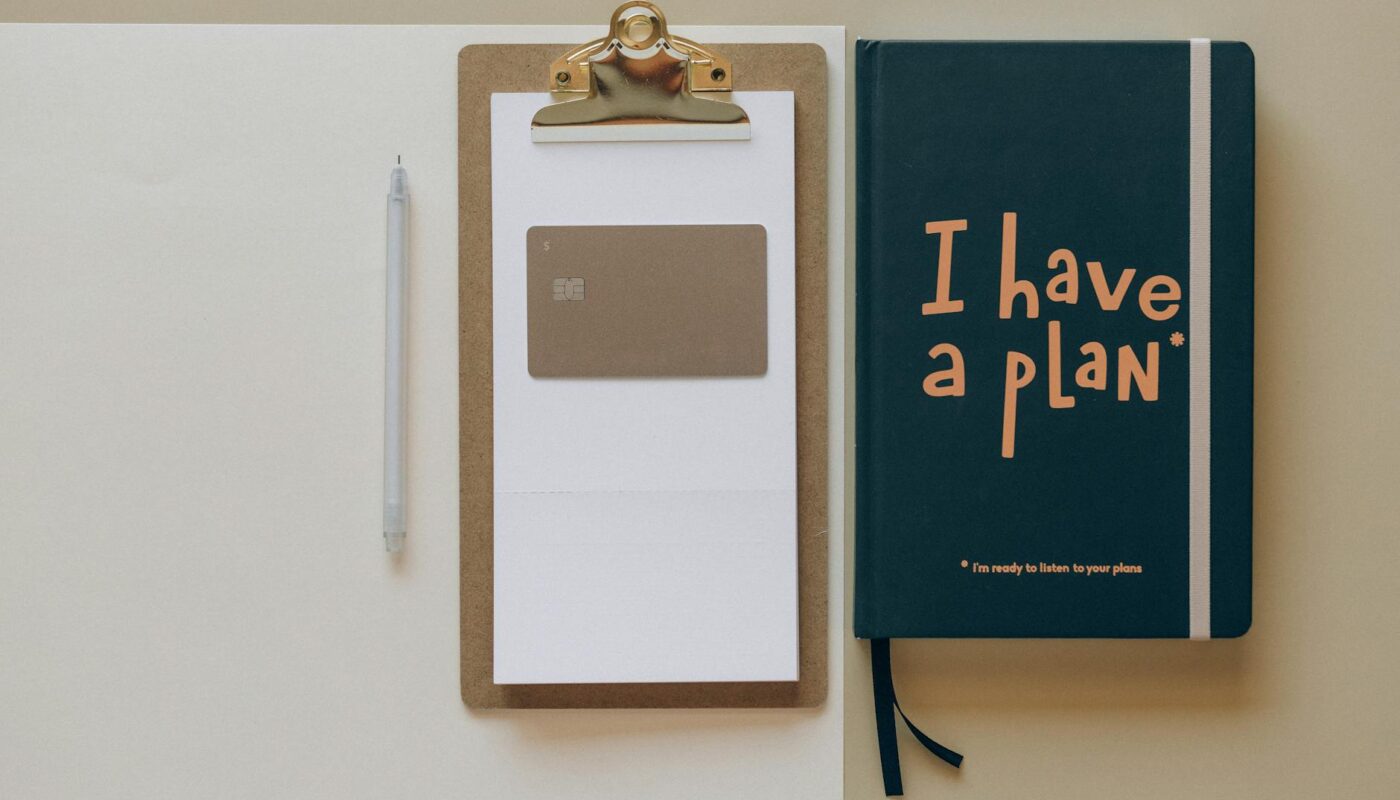Facing inaccuracies on your credit report can feel overwhelming, but understanding the process of disputing errors is key to protecting your financial well-being. This guide will walk you through each step, empowering you to take control of your credit narrative.
Understanding Your Credit Report
Before you begin disputing, it’s crucial to thoroughly review your credit report from all three major credit bureaus: Equifax, Experian, and TransUnion. Look for any inconsistencies, outdated information, or accounts that don’t belong to you. Carefully examine each entry for potential errors. 
Identifying Errors on Your Report
Common errors include incorrect personal information (like your address or social security number), inaccurate account information (such as late payments or incorrect balances), and accounts that are not yours. Identifying these errors is the first critical step in the dispute process. Learning how to read your credit report effectively is essential.
The Formal Dispute Process
Each credit bureau has its own dispute process, but generally, you’ll need to submit a formal dispute letter. This letter should clearly state the errors you’ve identified and provide supporting documentation, such as payment receipts or bank statements. Keep copies of everything you submit. You can often submit your dispute online, by mail, or by phone. 
Responding to the Credit Bureau
After submitting your dispute, the credit bureau will investigate. This process can take several weeks, so patience is key. You’ll receive a notification once the investigation is complete, detailing their findings and any changes made to your report. If the bureau fails to correct the error, you may need to escalate your complaint to the Consumer Financial Protection Bureau (CFPB). Understanding your rights is essential; learn more about consumer protection laws.
Maintaining Clean Credit
Regularly checking your credit report is vital to proactively identifying and addressing any errors. Consider setting reminders to check your reports at least once a year. This proactive approach can save you from significant financial headaches in the future. For more information on credit health, check out our guide on building good credit. [IMAGE_3_HERE]
What to Do After a Successful Dispute
Once the errors are removed, continue monitoring your credit report to ensure the corrections were made accurately. Consider using credit monitoring services which will send alerts for any changes. You’ve successfully protected your credit; understanding the process can be useful in other aspects of your finances such as securing a mortgage or a loan.
Frequently Asked Questions
What if the credit bureau doesn’t correct the error? If the bureau fails to correct the error after investigation, you can contact the CFPB to file a complaint.
How long does the dispute process take? The process typically takes several weeks, but it can vary depending on the complexity of the issue and the credit bureau.
Do I need a lawyer to dispute errors? While not always necessary, consulting a lawyer might be beneficial for particularly complex or difficult cases.
Can I dispute multiple errors at once? Yes, you can typically include multiple errors in a single dispute letter, but ensure you clearly list and detail each one separately.
How many times can I dispute an item? There isn’t a set limit, but be prepared to provide strong evidence to support your claims.



